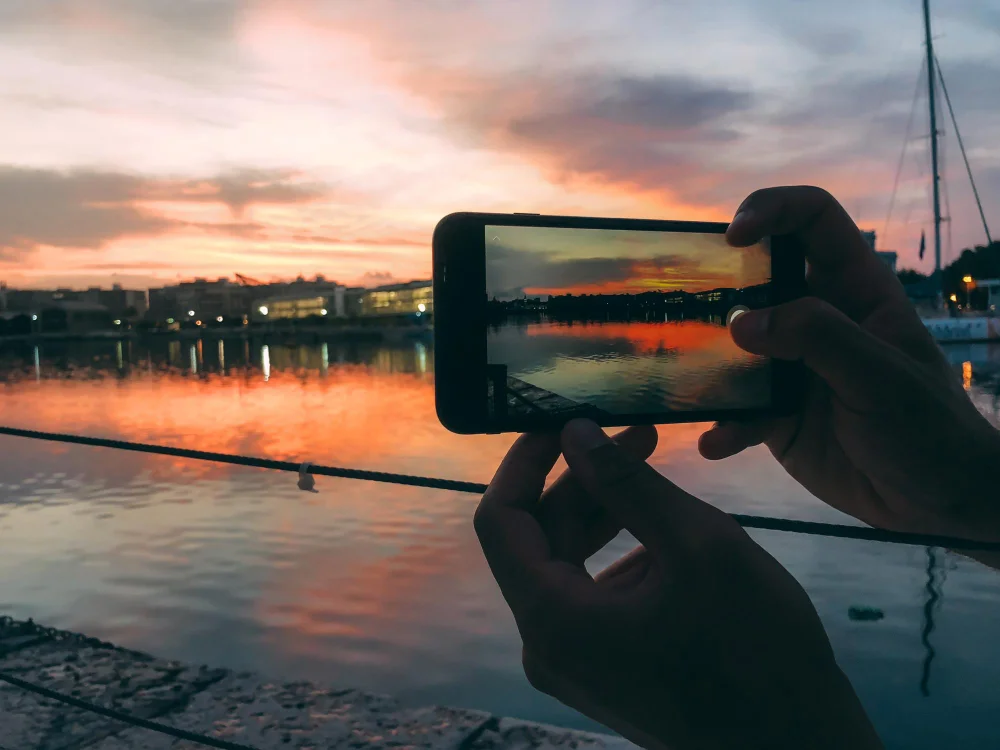In today’s digital age, mobile photography has transcended its initial limitations to become a powerhouse of innovation and creativity. With smartphones equipped with advanced camera systems, capturing stunning photos has never been easier or more accessible. This comprehensive guide delves into the latest advancements in mobile photography, exploring how technological innovations are reshaping the way we capture and share moments with our smartphones. Discover the evolution, key advancements, emerging technologies, and future trends that are revolutionizing mobile photography.
Evolution of Mobile Photography
The journey of mobile photography has been marked by significant milestones, each contributing to the evolution of smartphone cameras:
- Early Years: Basic cameras with limited resolution and fixed focus.
- Mid-2000s: Introduction of autofocus, higher megapixel counts, and basic editing tools.
- 2010s: Proliferation of smartphones with advanced camera capabilities, including HDR imaging and panoramic modes.
- Present Day: Integration of AI-driven features, multi-lens systems, and computational photography techniques.
Key Advancements in Mobile Photography
Recent years have seen rapid advancements in mobile photography technology, enhancing image quality and versatility:
- Multi-Lens Systems: Incorporation of multiple lenses (wide-angle, telephoto, macro) for diverse shooting perspectives.
- Night Mode: AI-powered algorithms for capturing clearer and brighter photos in low-light conditions.
- Portrait Mode: Depth-sensing technology for professional-looking portraits with blurred backgrounds.
- AI Photography Assistants: Scene recognition, automatic adjustments, and suggestions for optimal settings.
- Pro Mode: Manual controls for ISO, shutter speed, and white balance, offering greater creative control.
- HDR Imaging: Enhanced dynamic range to capture details in both shadows and highlights.
- RAW Capture: Ability to save images in RAW format for post-processing flexibility and higher fidelity.
Latest Technologies Driving Mobile Photography
Explore the cutting-edge technologies driving the latest advancements in mobile photography:
- Sensor Technology: Improved sensor designs with larger pixels for better light sensitivity and reduced noise.
- AI and Machine Learning: Real-time processing for image enhancement, noise reduction, and object recognition.
- Computational Photography: Fusion of hardware and software to optimize image quality through image stacking and pixel merging.
- 5G Connectivity: Faster data speeds for seamless sharing of high-resolution images and videos.
- Augmented Reality (AR) Features: Interactive filters and effects for creative expression and personalization.
- Advanced Image Processing Chips: Dedicated processors for faster image rendering and improved overall performance.
Read Also: Conquer Any Game: 5 Killer Gaming Laptops Under $1000
Future Trends in Mobile Photography
Looking ahead, mobile photography is poised to embrace several transformative trends:
- Enhanced Zoom Capabilities: Continued improvements in optical and digital zoom technologies.
- Augmented Reality Integration: Integration of AR for immersive photography experiences.
- Real-time Video Editing: Advanced video editing tools directly on smartphones for on-the-go creativity.
- Environmental Sensing: AI-driven sensors for environmental analysis and adaptive photography settings.
- Multi-Spectral Imaging: Utilization of multiple sensors for capturing beyond visible light spectrum.
Conclusion
Mobile photography has evolved from a convenient feature to a sophisticated tool capable of capturing professional-grade images. As technological advancements continue to push boundaries, smartphones are redefining how we perceive and preserve moments in our lives. Whether you’re a casual photographer or a professional, embracing these innovations allows you to unleash your creativity and capture the world around you with unprecedented clarity and detail. Embrace the future of mobile photography and unlock new possibilities with every shot.
Discover how these advancements are not just enhancing image quality but also transforming the way we connect, share, and experience the world through the lens of our smartphones.
